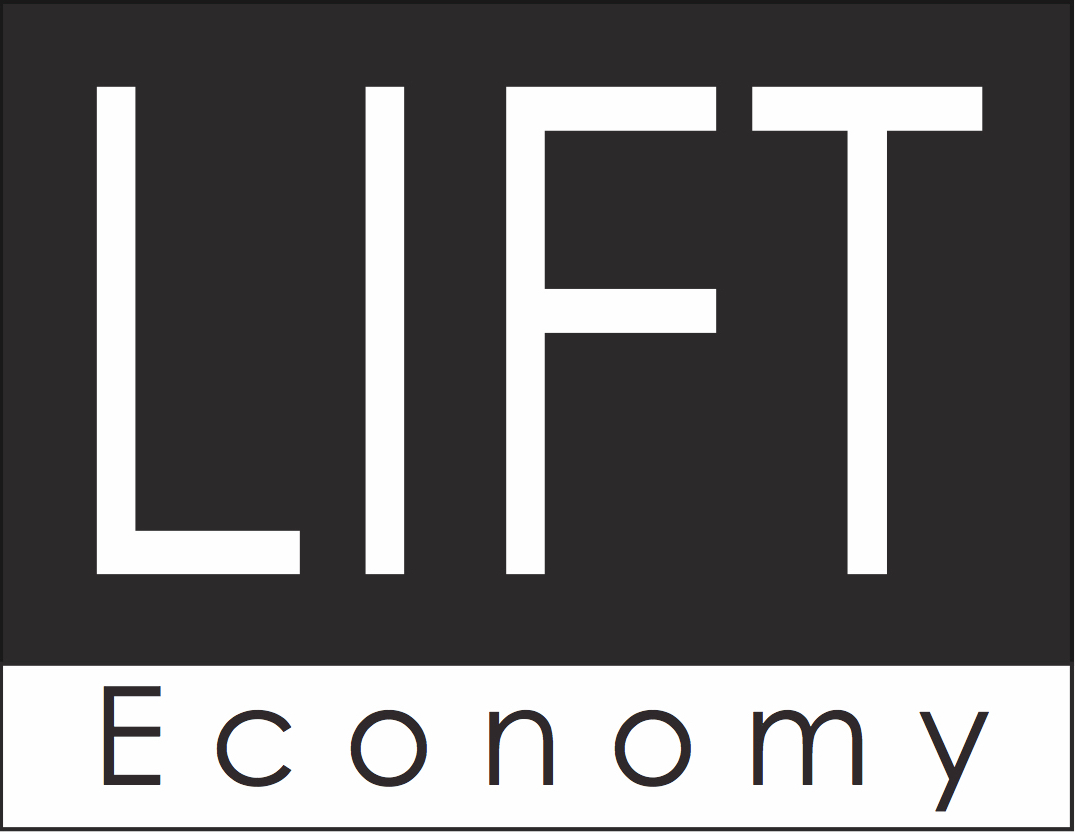Subscribe to Next Economy Now on Apple Podcasts, Spotify, Pandora, Google Podcasts, YouTube, or wherever you find podcasts.
How do we fundamentally transform the relations of power, production, and consumption in the construction industry? Today we speak to Dom Hosack and Blain Snipstal from Earth-Bound Building about how they are attempting to do this by reimagining new possibilities for provisioning human shelter and farm infrastructure through natural building practices. In this episode, we hear how Blaine and Dom got involved in urban farming, agroecology, and natural building, and the ideas of collectivity that go hand-in-hand with these practices.
Our guests speak about how this work developed into the formation of their cooperative, the types of projects they took on, and how their work has evolved over the years. Blain and Dom unpack their central value of working toward a just transition by putting dignity at the center of the relations of production they enter into. By joining this conversation, listeners will hear us address the rapid deterioration of our environment and the role of conventional construction and farming practices in this problem.
We tackle the idea that society as a whole does not seem to care that our world is falling apart and how our guests are forming a counterpoint to this apathy through the work they do. Blaine and Dom also highlight some of the contradictions at the center of sustainable building and the place of smaller coops such as their own in cracking the code on affordable, natural, rural housing in an urban center.
---
Key Points From This Episode:
An introduction into Earth-Bound Building and the sustainable construction work they do.
How Dom and Blain got into the work they do, met each other, and started Earth-Bound.
Different low-impact building projects Earth-Bound worked on and how they evolved.
The connection between sustainable agriculture, natural building, and collectivity.
Three categories of natural building: building systems, enclosures and finishes, and closed-loop systems.
The clients Earth-Bound works with and how this fits in with their mission.
A spirit of collectivity at Earth-Bound and how this ties in with the idea of just transition.
How damaging conventional farming and construction are and the need for the revitalization of traditional methods.
The contradiction around affordability at the center of natural building that limits its expansion.
Different natural building methods and the hunt Earth-Bound is on to find the most affordable one.
What it will take to crack the code on affordable, natural, rural housing in an urban center.
The limits of the passive house movement and the need for smaller-scale movements like Earth-Bound.
The need for natural building to mirror the shifts in cultural and ethnic demographics.
An example of what is possible through collaborative work in the form of a land base Earth-Bound has access to.
The true purpose behind Earth-Bound and a request for listeners to join the movement.
---
Tweetables:
“There’s a whole new way of thinking around constructing the buildings that we live in and the places that we stay that involves a lot more sustainable practices.” — Dom Hosack
“Sustainable agriculture or agroecology and natural building come from the same root. They are intimately tied together. To have a sustainable agricultural system, the infrastructure has to reflect the values of that said sustainable system, and that lends itself to natural building or low impact construction methodologies.” — Blain Snipstal
“We are firmly rooted in supporting small-scale agriculture, rural landowners, and community projects because we want to be a part of the just transition to a better society.” — Blain Snipstal
“The opportunity is much higher for groups like ourselves to not just only produce real-world experiences and examples of proof of concepts, but to build the social capital necessary to take it to scale in the local economy.” — Blain Snipstal
---
Links Mentioned in Today’s Episode:
Earth-Bound Building — https://www.earthboundbuilding.com/
Black Dirt Farm Collective —https://www.instagram.com/b_d_f_c/?hl=en
Earth-Bound Building on Instagram: https://www.instagram.com/earthboundbuilding/
---
LIFT Economy Newsletter
Join 7000+ subscribers and get our free 60 point business design checklist—plus monthly tips, advice, and resources to help you build the Next Economy: https://lifteconomy.com/newsletter
---
Next Economy MBA
This episode is brought to you by the Next Economy MBA.
What would a business education look like if it was completely redesigned for the benefit of all life? This is why the team at LIFT Economy created the Next Economy MBA (https://lifteconomy.com/mba).
The Next Economy MBA is a nine month online course for folks who want to learn key business fundamentals (e.g., vision, culture, strategy, and operations) from an equitable, inclusive, and regenerative perspective.
Join the growing network of 250+ alumni who have been exposed to new solutions, learned essential business skills, and joined a lifelong peer group that is catalyzing a global shift towards an economy that works for all life.
Learn more at https://lifteconomy.com/mba.
---
Show Notes + Other Links
For detailed show notes and interviews with past guests, please visit https://lifteconomy.com/podcast
If you enjoy the podcast, would you please consider leaving a short review on Apple Podcasts/iTunes? Visit: https://bit.ly/nexteconomynow
Twitter: https://twitter.com/LIFTEconomy
Instagram: https://instagram.com/lifteconomy/
Facebook: https://facebook.com/LIFTEconomy/
YouTube: https://youtube.com/c/Lifteconomy
Music by Chris Zabriskie: https://chriszabriskie.com/

